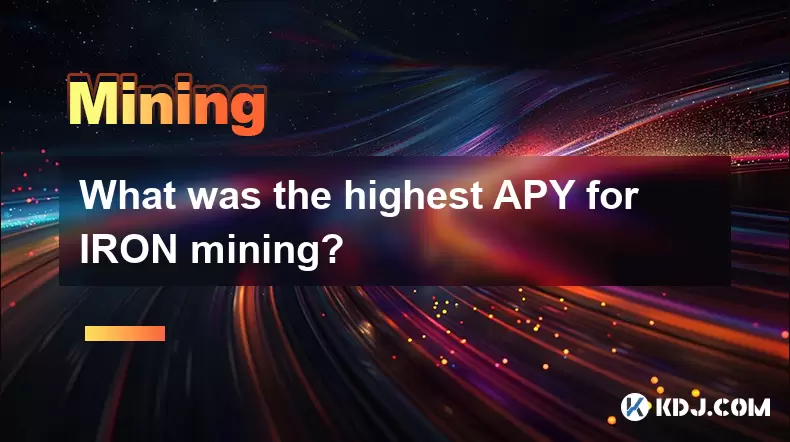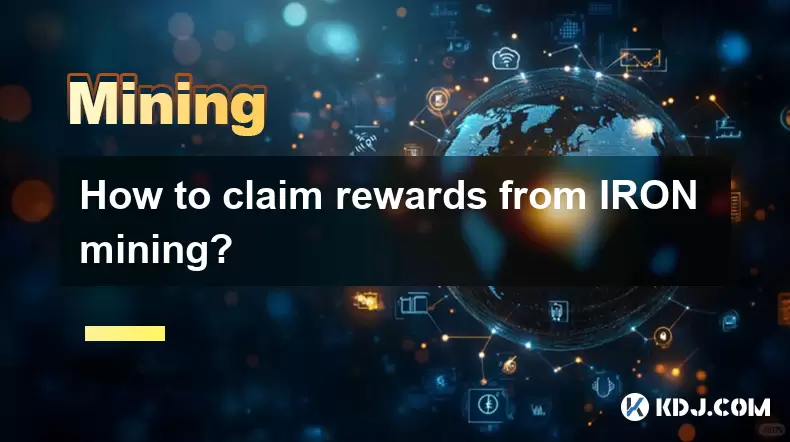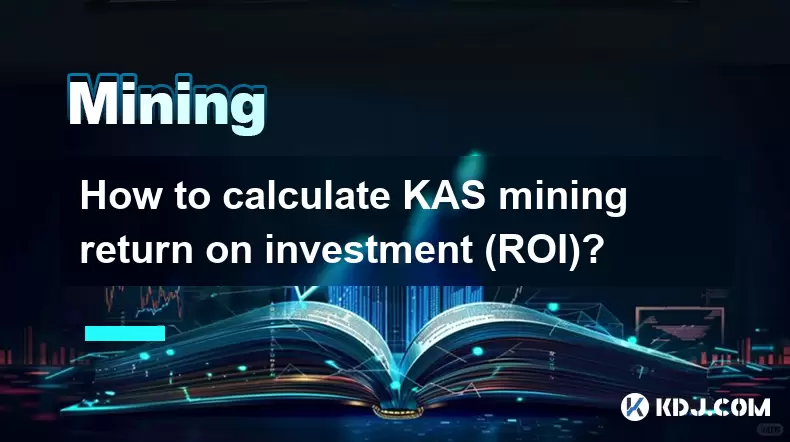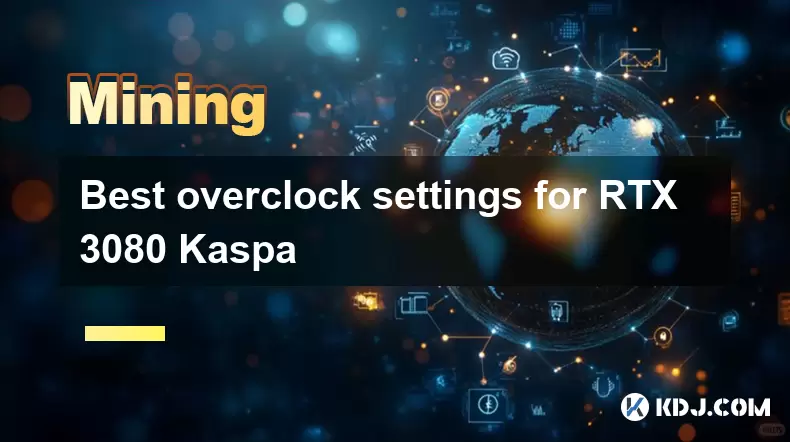-
 Bitcoin
Bitcoin $118900
1.66% -
 Ethereum
Ethereum $3735
1.35% -
 XRP
XRP $3.506
0.71% -
 Tether USDt
Tether USDt $1.000
-0.01% -
 BNB
BNB $799.4
5.78% -
 Solana
Solana $202.0
1.87% -
 USDC
USDC $0.9999
0.00% -
 Dogecoin
Dogecoin $0.2661
1.89% -
 Cardano
Cardano $0.8877
1.59% -
 TRON
TRON $0.3173
2.45% -
 Hyperliquid
Hyperliquid $45.00
2.59% -
 Stellar
Stellar $0.4723
3.40% -
 Sui
Sui $3.970
1.32% -
 Chainlink
Chainlink $19.67
1.94% -
 Hedera
Hedera $0.2710
1.99% -
 Avalanche
Avalanche $25.74
-0.01% -
 Bitcoin Cash
Bitcoin Cash $528.1
1.98% -
 Litecoin
Litecoin $120.1
3.57% -
 Shiba Inu
Shiba Inu $0.00001525
1.26% -
 UNUS SED LEO
UNUS SED LEO $8.989
-0.01% -
 Toncoin
Toncoin $3.304
1.74% -
 Polkadot
Polkadot $4.531
3.38% -
 Uniswap
Uniswap $10.74
2.51% -
 Ethena USDe
Ethena USDe $1.001
0.00% -
 Monero
Monero $325.5
2.44% -
 Pepe
Pepe $0.00001413
1.31% -
 Bitget Token
Bitget Token $4.860
0.85% -
 Dai
Dai $0.9999
0.01% -
 Aave
Aave $307.3
-2.07% -
 Bittensor
Bittensor $448.8
2.91%
What was the highest APY for IRON mining?
IRON token mining, or yield farming, offers variable APYs based on liquidity, emissions, and market conditions, with peak rates exceeding 300% post-TITAN crash, though current returns are more modest and carry risks like impermanent loss and depegging.
Jul 23, 2025 at 05:14 am

Understanding IRON Token and Its Mining Mechanism
The IRON token is a stablecoin that operates within the Iron Finance ecosystem, primarily on blockchain networks like Polygon and Binance Smart Chain. It is designed to maintain a 1:1 peg with the US dollar through a partial collateralization model. Unlike fully backed stablecoins, IRON is backed by a basket of assets, which may include USDT, USDC, or other reserve tokens, combined with a governance token such as TITAN (before its collapse) or its successor NUT. The mining of IRON typically refers to yield farming or liquidity provision within Iron Finance’s decentralized finance (DeFi) protocols.
Yield farming, often referred to as "mining" in DeFi, involves users supplying liquidity to designated pools in exchange for token rewards. In Iron Finance’s case, users deposit asset pairs into liquidity pools on integrated decentralized exchanges such as QuickSwap or PancakeSwap, and receive IRON or other governance tokens as incentives. The APY (Annual Percentage Yield) fluctuates based on multiple factors, including the volume of liquidity, the emission rate of reward tokens, and market demand.
Factors Influencing IRON Mining APY
The APY for IRON mining is not fixed and varies significantly over time due to several dynamic factors. The primary drivers include:
- Token emission schedules: The protocol determines how many IRON or related tokens are distributed per block or per day. Higher emissions during promotional phases lead to higher initial APYs.
- Total Value Locked (TVL): As more users provide liquidity, the same amount of rewards gets distributed across a larger base, which naturally reduces individual APY.
- Market volatility and investor sentiment: Events such as the TITAN crash in June 2021 drastically affected confidence in the Iron Finance ecosystem, leading to sharp drops in liquidity and, consequently, altered APY dynamics.
- Incentive programs and partnerships: Temporary boosts from external funding or community-driven initiatives can spike APY for short durations.
These variables mean that the highest recorded APY was likely achieved during the early days of Iron Finance’s revival or during special liquidity mining campaigns.
Historical Peak APY for IRON Mining
The highest APY for IRON mining was observed shortly after the relaunch of the Iron Finance ecosystem following the TITAN collapse. During this recovery phase, the team introduced new incentive mechanisms to attract liquidity providers back to the platform. At its peak, certain liquidity pools offered APYs exceeding 200%, with some short-term promotional pools briefly reaching over 300%.
These elevated returns were primarily available in dual-token pools such as IRON-WMATIC on Polygon or IRON-BUSD on Binance Smart Chain. The high APYs were sustained by generous token emissions and relatively low initial TVL, creating a scenario where early participants could earn substantial rewards. However, such rates were not sustainable long-term and declined rapidly as more users joined and diluted the reward pool.
It is important to note that these figures were not static and often quoted as “maximum” or “initial” APYs by platforms like Beefy Finance, QuickSwap Analytics, or ApeBoard, which track DeFi yields in real time. The actual realized APY for a user depended on the exact timing of their deposit and withdrawal.
How to Check Current and Historical IRON Mining APY
To verify current or historical APYs for IRON mining, users can follow these steps using decentralized analytics platforms:
- Navigate to a DeFi analytics website such as DefiLlama, ApeBoard, or QuickSwap Analytics.
- Search for Iron Finance or directly look up liquidity pools containing IRON as one of the assets.
- Select the relevant blockchain network (e.g., Polygon PoS or BSC).
- Examine the listed APY for each pool, noting whether it includes impermanent loss estimates, compounding effects, or bonus incentives.
- For historical data, use the time-series chart feature (if available) to view APY trends over days or weeks.
Some platforms also allow users to connect their wallets to simulate potential earnings based on current rates. Always ensure the data source is reputable and pulls information directly from on-chain smart contracts to avoid inaccuracies.
Step-by-Step Guide to Participate in IRON Mining
To engage in IRON mining (i.e., liquidity provision for yield farming), follow this detailed process:
- Acquire the required tokens: Purchase or transfer IRON and its paired asset (e.g., WMATIC or USDC) to your wallet (e.g., MetaMask).
- Connect your wallet to the appropriate DeFi platform such as QuickSwap (on Polygon) or PancakeSwap (on BSC).
- Navigate to the “Liquidity” section and select “Add Liquidity”.
- Choose the token pair (e.g., IRON/WMATIC) and input the amount of each token you wish to deposit. The interface will auto-calculate the equivalent value.
- Approve each token for spending if it’s your first time depositing. This requires two separate on-chain transactions.
- Confirm the liquidity provision. Once confirmed, you’ll receive LP (Liquidity Provider) tokens representing your share.
- Stake the LP tokens in the designated farm (e.g., via Iron Finance’s farm dashboard or partner platforms) to begin earning rewards.
- Monitor your rewards and decide whether to compound manually or withdraw periodically.
Always verify contract addresses to avoid phishing sites. Use only official Iron Finance domains and cross-check addresses on block explorers like Polygonscan or BscScan.
Risks Associated with High APY IRON Mining
While high APYs are attractive, they come with significant risks:
- Impermanent loss: Fluctuations in the price of IRON or its paired token can result in losses when compared to simply holding the assets.
- Smart contract vulnerabilities: Despite audits, DeFi protocols remain susceptible to exploits or bugs.
- Token depegging risk: If IRON loses its 1:1 peg with the USD, the value of your liquidity position may decline unexpectedly.
- High volatility in reward tokens: Governance tokens earned as yield may lose value rapidly, reducing effective returns.
Users should assess their risk tolerance and avoid allocating funds they cannot afford to lose.
Frequently Asked Questions
What caused the APY for IRON mining to drop from its peak?
The decline in APY was primarily due to increased Total Value Locked (TVL) in the liquidity pools, which diluted individual rewards. Additionally, the protocol reduced token emission rates over time to ensure sustainability, and decreased speculative interest after the TITAN crash contributed to lower demand.
Is IRON mining still profitable in 2024?
Profitability depends on current market conditions. While APYs are significantly lower than the peak—often ranging between 10% and 50% depending on the pool—some users find it viable, especially when combined with compounding strategies or multi-chain opportunities.
Can I mine IRON without providing liquidity?
No. IRON “mining” is not computational; it refers exclusively to liquidity provision in yield farms. There is no standalone mining mechanism like proof-of-work. Earning IRON rewards requires staking LP tokens in designated farms.
Are there any taxes on IRON mining rewards?
Yes. In many jurisdictions, yield farming rewards are considered taxable income at the time of receipt. The value is calculated in USD based on the market price of IRON or other tokens when received. Users should maintain records of transactions for tax reporting.
Disclaimer:info@kdj.com
The information provided is not trading advice. kdj.com does not assume any responsibility for any investments made based on the information provided in this article. Cryptocurrencies are highly volatile and it is highly recommended that you invest with caution after thorough research!
If you believe that the content used on this website infringes your copyright, please contact us immediately (info@kdj.com) and we will delete it promptly.
- IREN's Bitcoin Mining Prowess Meets AI: An SOTP Valuation Deep Dive
- 2025-07-23 12:30:12
- Arca, PENDLE, and Kraken: Navigating DeFi's Institutional Currents
- 2025-07-23 11:10:11
- Bitcoin, Bedford, and a Real-Life Batman: Peter McCormack's Crime Crusade
- 2025-07-23 12:30:12
- Bitcoin Betting, Small Investors, and the Specter of Dollar Collapse: A New Yorker's Take
- 2025-07-23 08:50:11
- OpenFundNet, the Web3 Boom, and Flare's Backbone: A Deep Dive
- 2025-07-23 12:50:11
- Altcoins, Binance Futures, and Bitcoin Rotation: Catching the Crypto Wave
- 2025-07-23 09:10:11
Related knowledge

What was the highest APY for IRON mining?
Jul 23,2025 at 05:14am
Understanding IRON Token and Its Mining MechanismThe IRON token is a stablecoin that operates within the Iron Finance ecosystem, primarily on blockcha...

What is impermanent loss in IRON pools?
Jul 23,2025 at 09:00am
Understanding Impermanent Loss in the Context of IRON PoolsImpermanent loss is a phenomenon that affects liquidity providers in decentralized finance ...

How to claim rewards from IRON mining?
Jul 23,2025 at 02:21pm
Understanding IRON Mining and Reward MechanismsIRON Finance operated as a decentralized finance (DeFi) protocol on the Polygon and Binance Smart Chain...

How to calculate KAS mining return on investment (ROI)?
Jul 23,2025 at 10:14am
Understanding KAS Mining and ROI BasicsCalculating the return on investment (ROI) for KAS (Kaspa) mining requires a clear understanding of both the mi...

How to join a Kaspa mining pool?
Jul 23,2025 at 08:36am
Understanding Kaspa and Its Mining MechanismKaspa is a high-performance blockchain that utilizes a unique blockDAG (Directed Acyclic Graph) structure,...

Best overclock settings for RTX 3080 Kaspa
Jul 23,2025 at 10:21am
Understanding the Role of GPUs in Cryptocurrency MiningCryptocurrency mining relies heavily on the computational power of graphics processing units (G...

What was the highest APY for IRON mining?
Jul 23,2025 at 05:14am
Understanding IRON Token and Its Mining MechanismThe IRON token is a stablecoin that operates within the Iron Finance ecosystem, primarily on blockcha...

What is impermanent loss in IRON pools?
Jul 23,2025 at 09:00am
Understanding Impermanent Loss in the Context of IRON PoolsImpermanent loss is a phenomenon that affects liquidity providers in decentralized finance ...

How to claim rewards from IRON mining?
Jul 23,2025 at 02:21pm
Understanding IRON Mining and Reward MechanismsIRON Finance operated as a decentralized finance (DeFi) protocol on the Polygon and Binance Smart Chain...

How to calculate KAS mining return on investment (ROI)?
Jul 23,2025 at 10:14am
Understanding KAS Mining and ROI BasicsCalculating the return on investment (ROI) for KAS (Kaspa) mining requires a clear understanding of both the mi...

How to join a Kaspa mining pool?
Jul 23,2025 at 08:36am
Understanding Kaspa and Its Mining MechanismKaspa is a high-performance blockchain that utilizes a unique blockDAG (Directed Acyclic Graph) structure,...

Best overclock settings for RTX 3080 Kaspa
Jul 23,2025 at 10:21am
Understanding the Role of GPUs in Cryptocurrency MiningCryptocurrency mining relies heavily on the computational power of graphics processing units (G...
See all articles

























































































